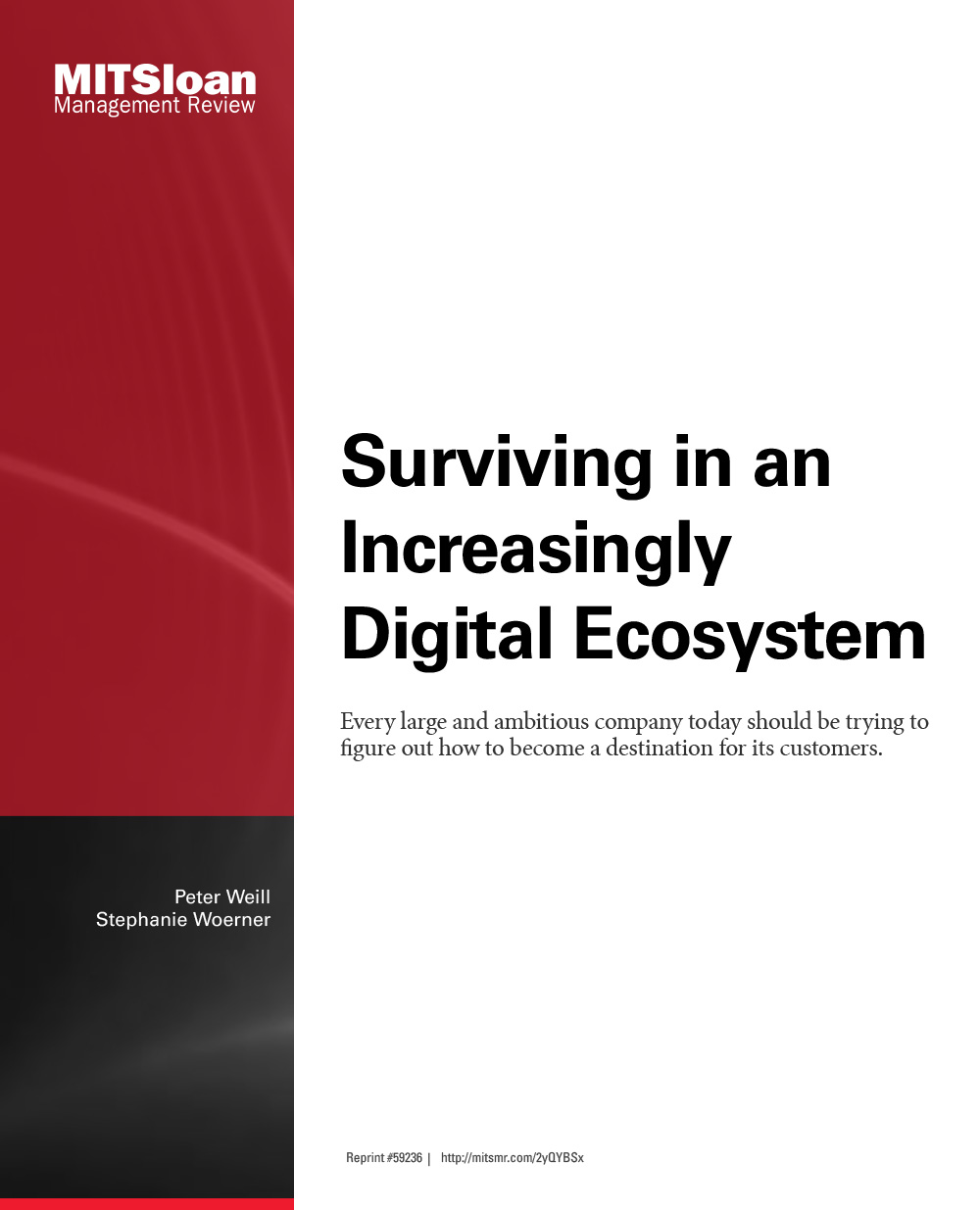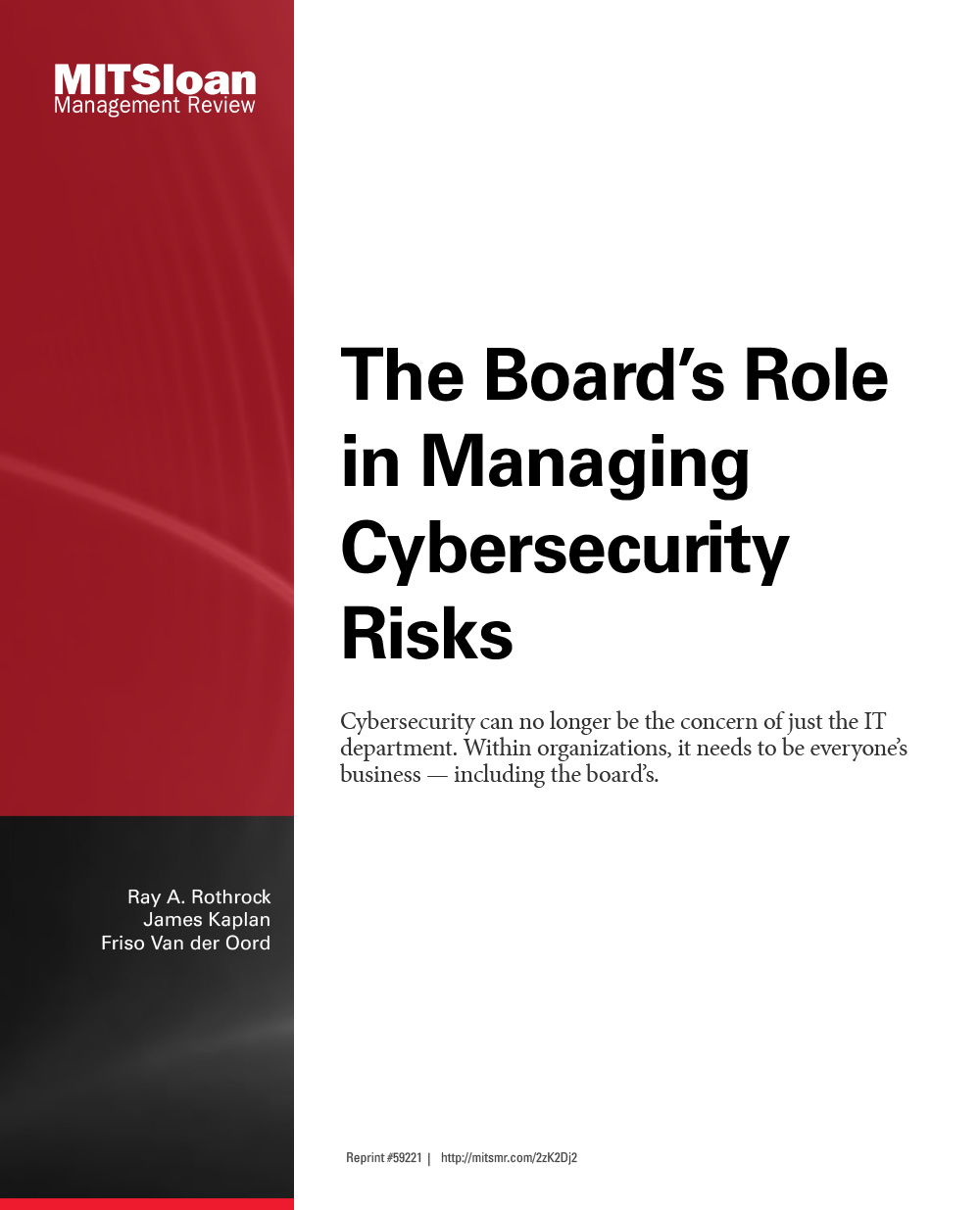It’s common practice to develop a handful of strategic priorities to focus strategy — but formulated correctly, they’re also useful communication tools for both internal and external stakeholders. Clear, credible priorities linked to explicit metrics offer a framework for assessing progress toward the company’s goals, in a way that abstractions like vision or mission cannot.
Strategy
Page 17 of 52
-
How to Test Your Assumptions
When you’re developing a strategy for a new business, testing assumptions in your plan in a logical order gives you the best chance to make course corrections early — and not waste time and money.
-
Building Scalable Business Models
Many of today’s most successful companies are able to leverage business model scalability to achieve profitable growth. Executives need to factor scalability attributes into their business model design, or they risk being left behind.
-
Is Your Company Ready for a Digital Future?
There are four different pathways that businesses can take to become top performers in the digital economy. Leadership’s role is to determine which pathway the company should pursue – and how aggressively to move.
-
Manufacturers Can Also Win in the Sharing Economy
The sharing economy isn't all bad news for manufacturers of big ticket items such as cars. Research from Carnegie Mellon and UC Berkeley says that manufacturers will sometimes be able to charge higher prices to customers who are planning to rent out those goods. In a Q&A, one researcher says that when there’s heterogeneity in the market, meaning both a high-usage population and a low-usage population, circumstances are ripe for “a win-win-win for the borrower, the owner, and the manufacturer.”
-
Is the Threat of Digital Disruption Overhyped?
Responding to a recently published essay, an MIT SMR reader pushed back against the view that managers must prepare for radical and rapid change in a digital world; he argued that this position may be overly alarmist. The discussion continues.
-
Why Some Platforms Are Better Than Others
Executives often look at the network effects of digital platforms as a key source of competitive advantage — without understanding that platforms need to also leverage other factors at play in the local markets and among preferred customers. Network effects can help, but on their own, they offer very limited competitive value.
-
Surviving in an Increasingly Digital Ecosystem
Companies today will have to reinvent themselves to survive, and every large and ambitious company should be trying to figure out how to become a destination for its customers. Consumers are voting with their mobile devices and choosing from a handful of dominant “ecosystem drivers”— businesses such as Amazon and WeChat, which become destinations for their customers’ needs by offering complementary or sometimes competing services — for each domain in their lives.
-
The Board’s Role in Managing Cybersecurity Risks
Cybersecurity can no longer be the concern of just the IT department. Within organizations, it needs to be everyone’s business — including the board’s.
-
The Pitfalls of Non-GAAP Metrics
Lurking within the financial statements and communications of public companies is a troubling trend. Alternative metrics, once used sparingly, have become increasingly ubiquitous and more detached from reality.












